Major Types Of Engines
Major types of Engines
Straight In-line
This is the type of engine that you find in your quotidian car. Nothing fancy, just all pistons arranged parallel along the vertical direction.

V in-line
Now, this is the sort of the engine that you find on sports cars like the Ferrari. When you hear sports enthusiasts go ‘ Whoa, that’s a V-12! ‘ - it just means that the engine has a V-type arrangement with 12 cylinders.

V + Inline = V-inline
Commonly referred to as the VR engine.
The name VR6 comes from a combination of V engine (German: V-Motor), and the German word “Reihenmotor” (meaning “inline engine” or “straight engine”)

Volkswagen’s VR6 engines, and the later VR5 variants, are a family of internal combustion engines, characterized by a narrow-angle (10.5° or 15°) V engine configuration.

a: straight engine, b: V engine, c: VR engine
W engine
A W engine is a type of reciprocating engine ( again created by Volkswagen) arranged with its cylinders in a configuration in which the cylinder banks resemble the letter W, in the same way those of a V engine resemble the letter V.

Bugatti Veyron’s W16 engine
A W16 engine is used on the Bugatti Veyron. That’s 16 cylinders!
Flat Engine
Flat engines offer several advantages for motorcycles, namely: a low centre of gravity, smoothness, suitability for shaft drive, and (if air-cooled) excellent cooling of the cylinders. You can find them on aircrafts as well

Radial Engine (aka the dancing starfish)
They were used mostly in small aircraft for the propeller
The big advantage of radials was their large frontal area, which meant they could be air cooled, meaning less maintenance, failures, and of course a lower cost of initial purchase and maintenance.

Wankel Engine
This engine has only 3 moving parts and can make a lot of power.However, they are pretty inefficient, the last car to use this was a Mazda RX-8.

Axial Engine

The axial engine is a very interesting design. But they are not widely used because they are just hard to make and running these things at high RPM’s is a challenge.
Duke engines are equipped with this type.
Jet engine
Commonly jet engines refer to the engines that are found on, well Jets!
Suck,squeeze,bang and blow
Air is sucked in through the front and squeezed. A controlled explosion follows and the exhaust is blown out through the back

But, Jet engines also include the engines that are found on rockets, hybrids and water-jets. And their mode of operation is different than the one mentioned above.
Pretty cool eh?
Have a great day!
PC: Howstuffworks, Duke, MichaelFrey, Azure.km
** There is also the Stirling Engine. It’s amazing and a topic for an another post. But if you are interested do check out more about it here.
EDIT : Had forgotten about the VR and the W-engines. My bad! Thanks for pointing it out.:D.
EDIT2: The suck squeeze bang and blow illustration was incorrect. Ergo, changed that.
More Posts from T-sci-eng and Others




Concrete vs. Cement
Concrete and cement are (mostly) two different materials. Why mostly? Because concrete is made using cement. Though cement can (technically) be used on its own, concrete cannot be made without first making cement.
Classified as a ceramic, cement starts as a powder, a mixture of limestone and other minerals, which is heated and mixed with gypsum to form what we know of as cement. Still a powder in this form, once water is added and mixed the cement then hardens.
Portland cement, probably the most well known and commonly used cement, is classified as a hydraulic cement. This essentially means that once water has been added the chemical reaction, called hydration, that hardens the cement is not dependent on how much water is added. Hydraulic cements can harden underwater and remain strong even in wet conditions. As a side note, Portland cement is not a brand name, but a particular type of cement.
On the other hand, concrete is composed of cement, aggregate, and water, and is thus classified as a composite. Composites are defined as consisting of a matrix or binder that has a reinforcement within it. In the case of concrete, the cement water mixture is the matrix in which the reinforcement, or aggregate exists.
The aggregate is typically comprised of stones, rocks, and sand and its addition increases the durability of the concrete. The amount of the aggregate or the size of the aggregate added can also effect the water-to-cement ratio required to harden the material, strengthening the final product. The hardening process continues for years, meaning that concrete only gets stronger with age.
Though most concretes are lime-based, asphalt concrete uses asphalt as the cement material and polymer concretes also exist. Another common type of concrete is reinforced concrete, in which rebar, or reinforcing bars, are embedded within to add to the strength of the concrete.
Sources: ( 1 ) ( 2 ) ( 3 ) ( 4 ) ( 5 )
There's an app for that
A “master list” of apps that are essential to student life.
Flashcards
Quizlet - Flashcard app that has pre downloaded flashcards and you can make your own flashcards. Available on multiple platforms
Duolingo - Language flashcard app
Flashcards+ - Another flashcard app
Math
Luna Calculator - calculator app ($2.99 on iOS)
Wolfram Alpha - online math solver
Symbollab - online math solver
Productivity & Planning
Forest - Grows a tree for every thirty minutes you are off your phone. If you touch your phone, the tree dies. ($0.99 on iOS)
FocusNow - Free version of Forest for iOS. Instead of trees, it grows fruits and vegetables.
30/30 - Great time management app
Any.Do - Great app for creating to-do lists, organize tasks, syncs with other devices. You can also change the priorities on certain tasks.
Studious - Great app on Android that reminds you when homework is due, when exams are and even silences your phone during class.
StayFocused - A chrome extension that you can customize to limit the time on websites to stay productive
Self Control - Allows you to block your own access to distracting websites for a certain amount of time. Useful for people who get distracted on the computer (Also known as Cold Turkey for Windows).
My Study Life - Student planner app
myHomework Student Planner - another Student planner app
To-do List - extensive to do list, like an online bullet journal
Learning
Itunes U - For any apple device users, a app that gives you access to free educational courses
TED - The whole catalog of TED talks at your fingertip.
Wikipedia - Free encyclopedia that can be used for general references
Khan Academy - study videos (absolutely amazing app/website)
Music
Coffitivity - coffee shop soundtrack
8tracks - great playlists, especially study playlists
Wake Up Calls
Alarmy - good alarm that will force you out of bed
Sleep Cycle - measures your sleep cycle
Math Alarm - alarm clock that forces you to do math to turn the alarm off, get’s your brain going
Class Lectures and Note Taking
Dragon Dictation - takes notes for lectures (useful for classes where professors talk faster than you can type)
XMind - mind mapping tool
Notability - another app for recording lectures. ($2.99 on iOS)
These are just a few study apps that can be useful for studying. I will add more (or make a new list) later as I learn about them; feel free to message me to add some to this list.
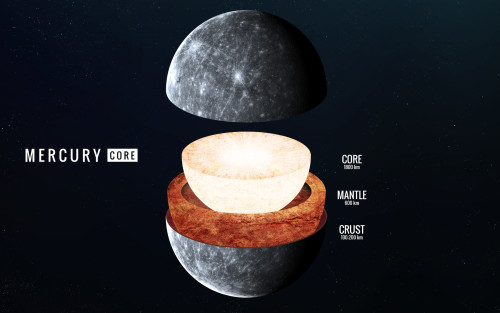
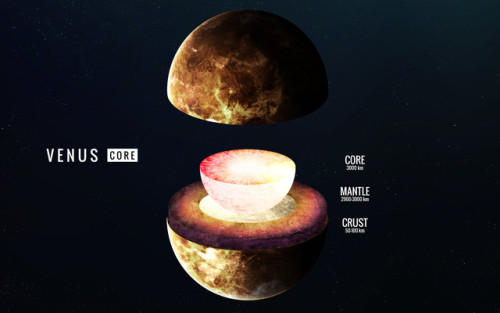

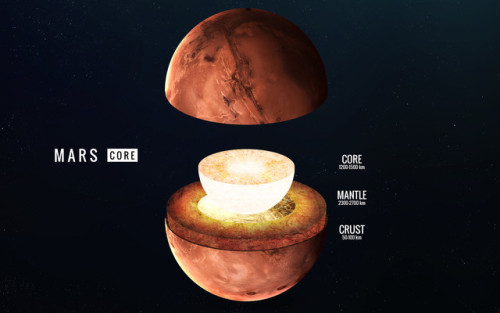
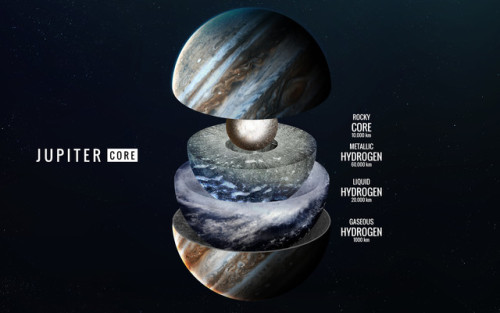
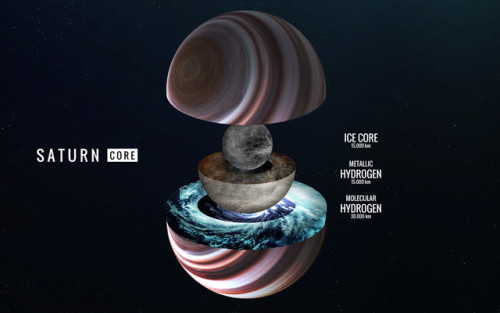
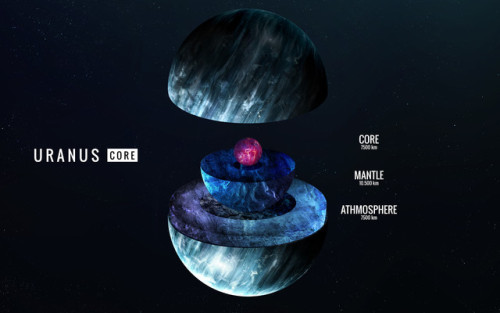
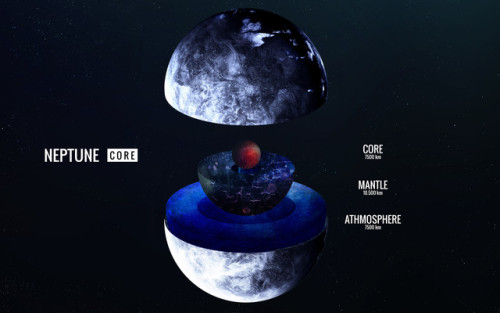
Inside - Vadim Sadovski





Impressive artwork.
Dr. Greg Dunn (artist and neuroscientist) and Dr. Brian Edwards (artist and applied physicist) created Self Reflected to elucidate the nature of human consciousness, bridging the connection between the mysterious three pound macroscopic brain and the microscopic behavior of neurons. Self Reflected offers an unprecedented insight of the brain into itself, revealing through a technique called reflective microetching the enormous scope of beautiful and delicately balanced neural choreographies designed to reflect what is occurring in our own minds as we observe this work of art. Self Reflected was created to remind us that the most marvelous machine in the known universe is at the core of our being and is the root of our shared humanity.
h-t New Scientist: Brain images display the beauty and complexity of consciousness
What is Liquid Penetrant Testing?
Liquid penetrant testing (LT) is a non-destructive testing technique utilized to detect defects or discontinuities (such as cracks) on the surface of any type of non-porous material such as metal, plastics or ceramics. Liquid penetrant testing (also known as dye penetrant testing or penetrant testing) is primarily utilized in the industrial sector to test metal materials such as oil & gas pipelines and various metal machinery components to prevent failures or accidents. Some of the many defects that can be detected using this process include fatigue cracks, hairline cracks and porosity. A number of industries utilize liquid penetrant testing, including petrochemical, aerospace, engineering, automotive and many more.
Although liquid penetrant testing is the least technologically advanced method of non-destructive testing (with the others being ultrasonic testing, magnetic particle testing and radiography) – it is still widely used. That’s because liquid penetrant testing has the advantages of being low in cost, versatile and easy to perform. In fact, liquid penetrant testing requires very little training when compared to the other three main forms of non-destructive testing.
So exactly how does liquid penetrant testing work? The material to be tested must first be cleaned – usually using a simple spray cleaner that can be easily wiped off with a cloth or rag. A liquid penetrant solution is then applied to the surface of the material being tested using a simple aerosol spray from a can. The liquid is then left to soak for a predetermined length of time – and will eventually seep into or be drawn into any cracks or defects within the material being tested. After the appropriate amount of “soak time” has passed, the technician wipes the liquid penetrant off of the test object. A developer is then applied to the entire area being tested. The developer is usually a dry white powder such as chalk that is suspended in liquid and sprayed on in aerosol form. The developer then acts to draw out any liquid that may have seeped into a defect – giving a highly visible, colored indication on the surface of the test object.
Liquid penetrant testing relies solely on visual inspection – making the color contrast between the object being tested and the colored indication that reveals defects of utmost importance. For this reason, many technicians utilize fluorescents. This process is the same as conventional liquid penetrant testing, with the exception that a fluorescent penetrant is utilized and then the test object is viewed under ultraviolet light in a darkened environment. The result is that any defects present will glow brightly under the UV light – making visual inspection much easier.
Aside from the obvious advantages of being inexpensive and easy to use, liquid penetrant testing is also popular because of its versatility. In most cases, nothing more than three aerosol cans – cleaner, penetrant and developer – and a few cloths or rags are needed. This allows technicians to easily maneuver into tight spaces such as boilers or high places where ladders are required – easily completing testing in locations where other non-destructive testing techniques are difficult or impossible. For these reasons, liquid penetrant testing continues to be a viable and popular non-destructive testing method.
Tech Service Products is a stocking distributor of industrial supplies and non-destructive testing products such as liquid penetrant testing products.










Coloring Book Celebrates Mathematical Beauty of Nature with Hand-Drawn Golden Ratio Illustrations

Smooth Ride, Bumpy Road
Why are wheels circular? Why aren’t they triangular or square shaped?
That is a question that you might have pondered at some point in your life ( perhaps as a shower-thought? ) But sometimes even the most simple questions have the most elegant answers!
A square wheel can roll smoothly if the ground consists of evenly shaped inverted catenaries of the right size and curvature.

What is a Catenary?
Well, it is the curve that a hanging cable assumes under its own weight when supported only at its ends. You find these everywhere!
Those chains on the pavement,

those hanging cables on a power transmission station,

or maybe a chandelier is of your type

All are catenaries!
Although it superficially resembles a parabola, it is NOT!
Practicality
The mythbusters (like always) decided to give the four wheel vehicle a try.
And found out that, get this - with speed, a truck fitted with square wheels can deliver a relatively smooth ride, despite that bouncy start!

Well, although circular wheels still remain as the king of wheels, it is nice to know that we do have some alternatives up our sleeve!
Merry Christmas :)
PC: Etan J. Tal, kamel15
Curves of constant width

Source
The width of a circle is constant: its diameter.
But the circle is not the only shape that holds this pristine title. For instance let’s look at the Reuleaux triangle
Reuleaux triangle
A Reuleaux triangle is a shape formed from the intersection of three circular disks, each having its center on the boundary of the other two.

The Reuleaux triangle is the first of a sequence of Reuleaux polygons, curves of constant width formed from regular polygons with an odd number of sides.
Some of these curves have been used as the shapes of coins

To drill square holes.

They are not entirely square, their edges are fillets i.e the edges are rounded and not sharp.
This animation offers a good insight as to why that is so.

And in china, apparently on bicycles.
The man Guan Baihua shows his self-made multi-angle-wheel bicycle on May 6, 2009 in Qingdao of Shandong Province, China. Guan Baihua spent 18 months to complete this strange bicycle.

Other shapes of constant width
There are other shapes of constant width beside the Reuleaux triangle ( that has been discussed in this post ), a whole bunch of them really. Do take a look at them. ( links below )
I will leave you guys with my favorite one.

More:
If this post fascinated you, i strongly suggest you check these out. They go in-depth with the mathematics that underlies these curves and talk about other cool stuff:
An animation of non-circular rollers
Shapes and Solids of Constant Width - Numberphile
Shapes of constant width
Reuleaux Polygons,
Edit:
For those who are wondering if these are something that one would stumble upon on a regular basis. You may not find perfect ones but similiar ones definitely.
I found mine on a really old BMI calculator thingy. ( not sure what you would call it )

Have fun exploring !

This room starts charging your phone as soon as you walk in. Inspired by Tesla’s vision of global wireless power, scientists at Disney Research company explored how wireless charging works in large spaces. The copper pole at the room’s center sends currents through the walls and floor that charge phones and laptops without harming humans. Source Source 2

Devices can be charged regardless of their orientation in the room thanks to a new receiver design

The setup outside the room

The setup inside the room
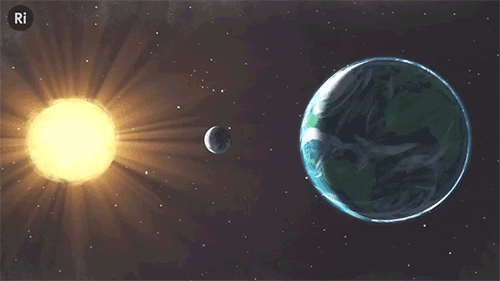
What have eclipses ever done for science? Quite a lot, actually!
The first measurement of the width of the Atlantic ocean in the 16th Century



When British settlers arrived in Virginia in the US, they weren’t sure how far across the globe they’d gone. They recorded the local time of a total eclipse of the moon - which is seen all across the night-time side of the planet. Their colleagues in London did the same, and when the travellers returned they could figure out the five hour time difference.
Edmond Halley discovered that the moon is moving away from the Earth


Halley realised you could back-calculate when previous eclipses would have occurred. But he noticed a mismatch between his predictions and the history books. The reason, he discovered, what that he was assuming the moon stayed the same distance from the Earth. It is actually getting further at about the rate your fingernails grow. And that means that one day (in a few million years, that is), the moon will be too far away to create any more total solar eclipses.
In 1919 a solar eclipse proved Einstein’s theory of relativity

Einstein’s theory predicted that the sun’s gravity should bend the light of nearby stars, meaning that in theory we should be able to see stars that are hidden just behind the sun. However, sunlight always blocks our view of these stars, and it was only during a solar eclipse that there was a short window to see if hidden stars were visible, as predicted. Astronomer Arthur Eddington travelled to West Africa and took photos that proved Einstein right.
Scientists still use solar eclipses today
It’s very hard to study the sun’s corona - a tenuous hot gas, which just one millionth of the light intensity of the sun. The shapes and lines of the corona show the nature of the sun’s magnetic field, and are only visible to study during an eclipse. NASA are also using this opportunity to help create the first thermal map of Mercury!
Want to know more? Watch our full video.
-
 holywanderingghost liked this · 1 year ago
holywanderingghost liked this · 1 year ago -
 happytohavebeenfound reblogged this · 1 year ago
happytohavebeenfound reblogged this · 1 year ago -
 happytohavebeenfound liked this · 1 year ago
happytohavebeenfound liked this · 1 year ago -
 demigirlboss2girlrotboogaloo reblogged this · 1 year ago
demigirlboss2girlrotboogaloo reblogged this · 1 year ago -
 mechanicfromlimaheights liked this · 2 years ago
mechanicfromlimaheights liked this · 2 years ago -
 pink-catnip liked this · 4 years ago
pink-catnip liked this · 4 years ago -
 spenotkelkapi reblogged this · 4 years ago
spenotkelkapi reblogged this · 4 years ago -
 starlinerthemess liked this · 4 years ago
starlinerthemess liked this · 4 years ago -
 antoniox92 reblogged this · 5 years ago
antoniox92 reblogged this · 5 years ago -
 supremesteez reblogged this · 5 years ago
supremesteez reblogged this · 5 years ago -
 cellberry liked this · 5 years ago
cellberry liked this · 5 years ago -
 koopertroo reblogged this · 6 years ago
koopertroo reblogged this · 6 years ago -
 koopertroo liked this · 6 years ago
koopertroo liked this · 6 years ago -
 rai-knightshade reblogged this · 6 years ago
rai-knightshade reblogged this · 6 years ago -
 rai-knightshade liked this · 6 years ago
rai-knightshade liked this · 6 years ago -
 yeltsinsstar reblogged this · 6 years ago
yeltsinsstar reblogged this · 6 years ago